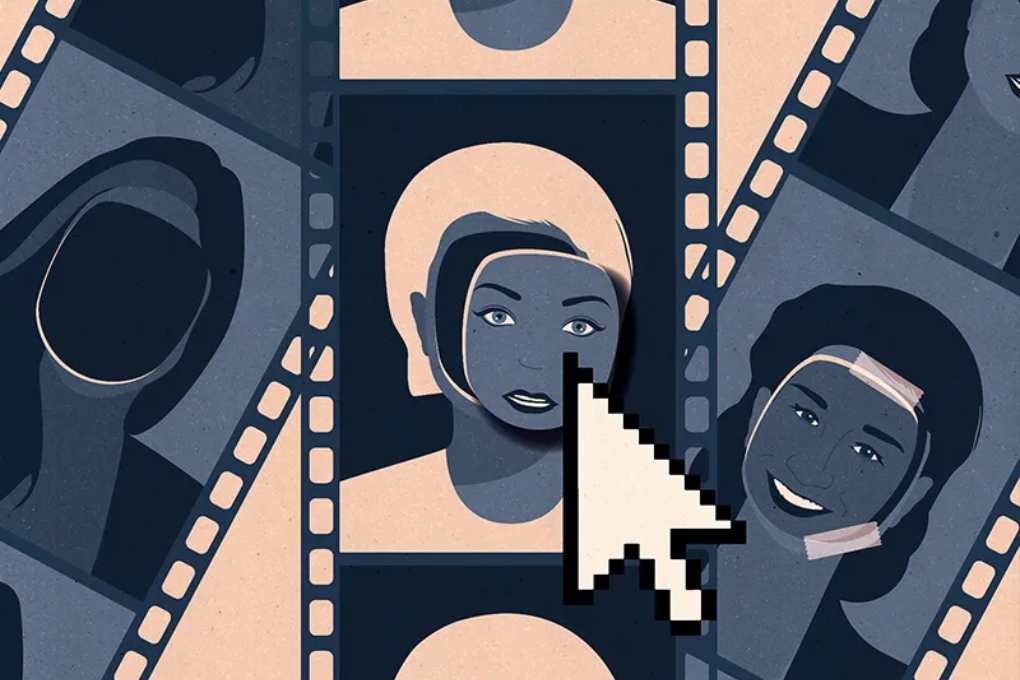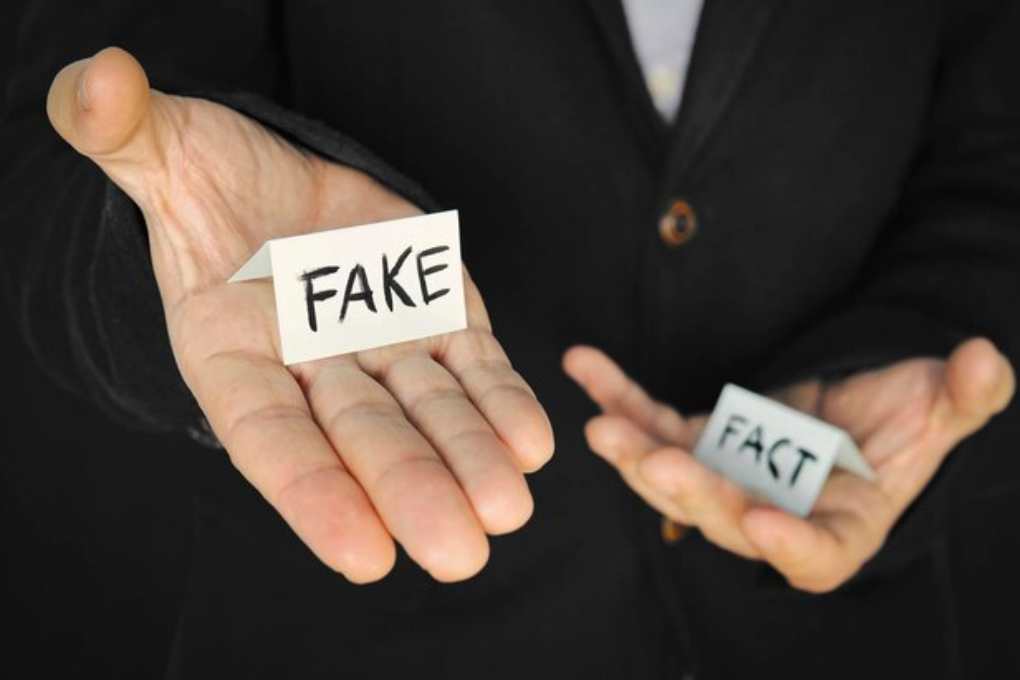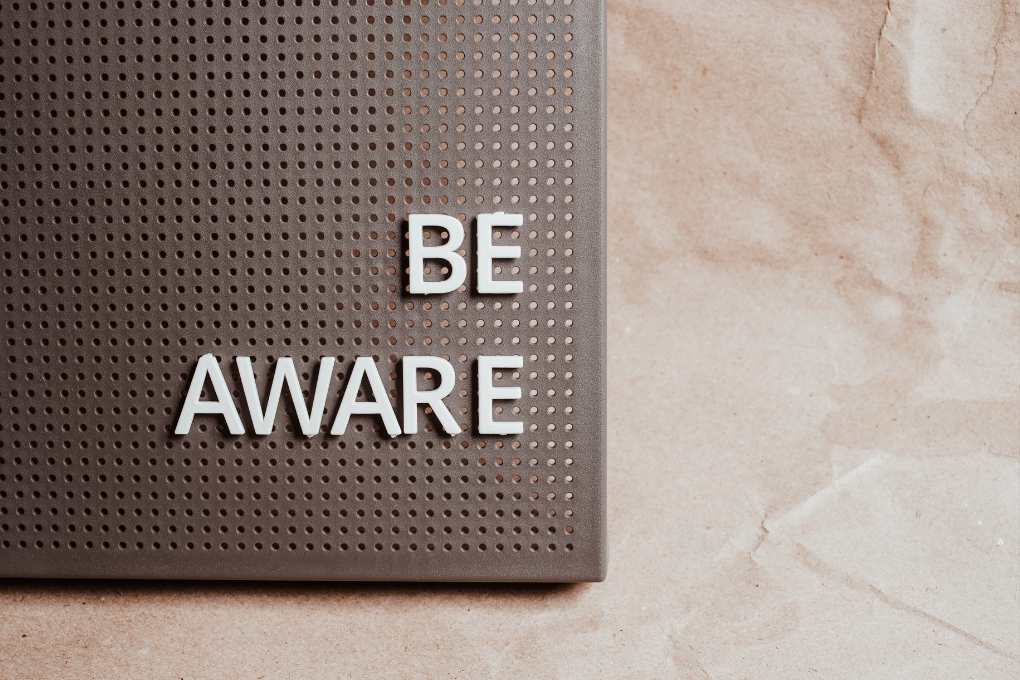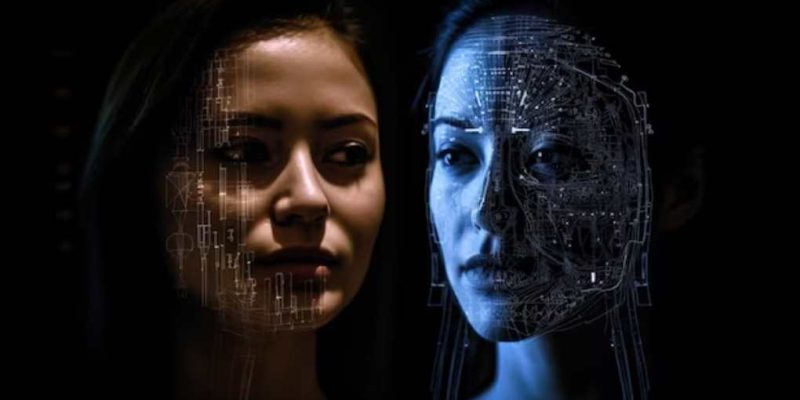Deepfake technology has become more prevalent in our society, posing a serious risk to information quality and trustworthiness in the media. Deepfake images created with artificial intelligence may deceive viewers or spread misinformation; this blog post will investigate their detrimental influence on society as a whole, along with their ramifications in various aspects of life.

What are deep-fake images?
Deepfake images are created through deep learning algorithms that analyze and manipulate visual and audio content to produce realistic yet artificial images, often used to depict individuals doing things they never actually did or saying things that never actually occurred. Their technology has become more sophisticated, making it hard for viewers to differentiate between real and fake content.

The misrepresentation of facts spreads misinformation.
One of the greatest risks posed by deep-fake images is their capacity for spreading misinformation. By creating realistic depictions of people saying and doing things that never took place, deepfake images can distort public opinion or discredit individuals; ultimately undermining trust in media sources and damaging the credibility of information sources.
Impact on Politics and Society
Deepfake images can enormously affect politics and society by shaping public perceptions and narratives. Politicians, public figures, and celebrities can especially fall prey to deepfake manipulation using false images designed to damage their reputation or spread misleading information; such manipulation could have long-term repercussions for elections, public discourse, and social cohesion.

Protect Yourself Against Fake Images
Individuals and organizations alike can take several measures to protect themselves against the dangers posed by deepfake images, including being aware of sources of information, verifying the authenticity of images before sharing them, educating others about the risks associated with deepfake technology, and exploring innovative technologies such as blockchain or digital watermarking that help authenticate and stop its manipulation.

Implications for Journalism and Media
Deepfake images present journalists and media organizations with a serious challenge, as they can be used to fabricate fake news stories or falsify evidence. Maintaining the trustworthiness of news sources is paramount to combating deep fake images’ influence and upholding journalistic integrity; Journalists should remain diligent when verifying the authenticity of images and sources to stop misinformation from spreading further.
Education of the Public
Awareness is the cornerstone of combating the dangerous influence of deepfake images on society and can provide individuals with better protection from manipulation or deception by deepfake technology. Schools, media literacy programs, and public awareness campaigns all play an integral part in providing public education about how to identify deepfake images as risks and false news as authentic sources.

Deepfake images pose a substantial threat to society by spreading disinformation, shaping public perceptions, and undermining trust in media sources. With technology continuing to advance behind deepfake images, it is vital for individuals, organizations, and policymakers to take proactive measures against its manipulation, including staying informed, vigilant, and educated, to reduce its negative influence.













Comments